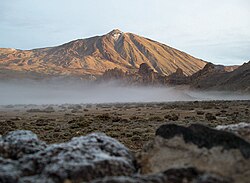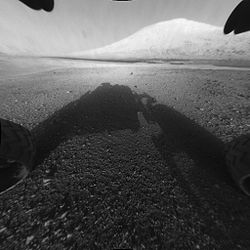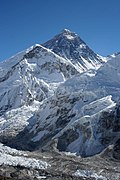
This is a list of the tallest mountains in the Solar System. This list includes peaks on all celestial bodies where significant mountains have been detected. For some celestial bodies, different peaks are given across different types of measurement. The solar system's tallest mountain is possibly the Olympus Mons on Mars with an altitude of 21.9 to 26 km. The central peak of Rheasilvia on the asteroid Vesta is also a candidate to be the tallest, with an estimated at up to between 19 and 22 km from peak to base.



















